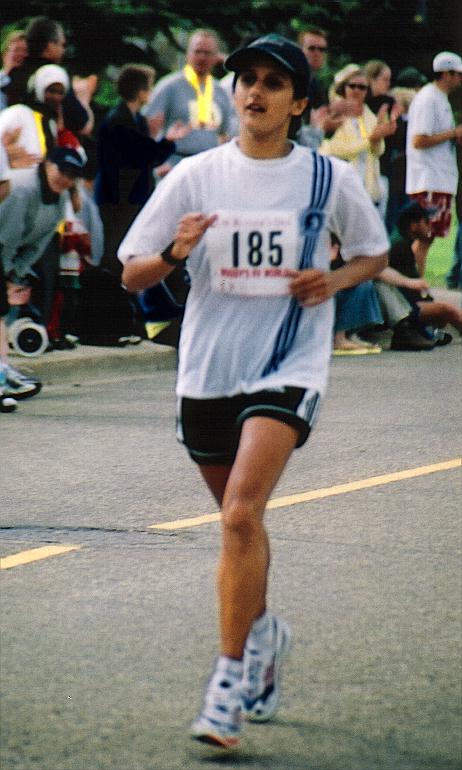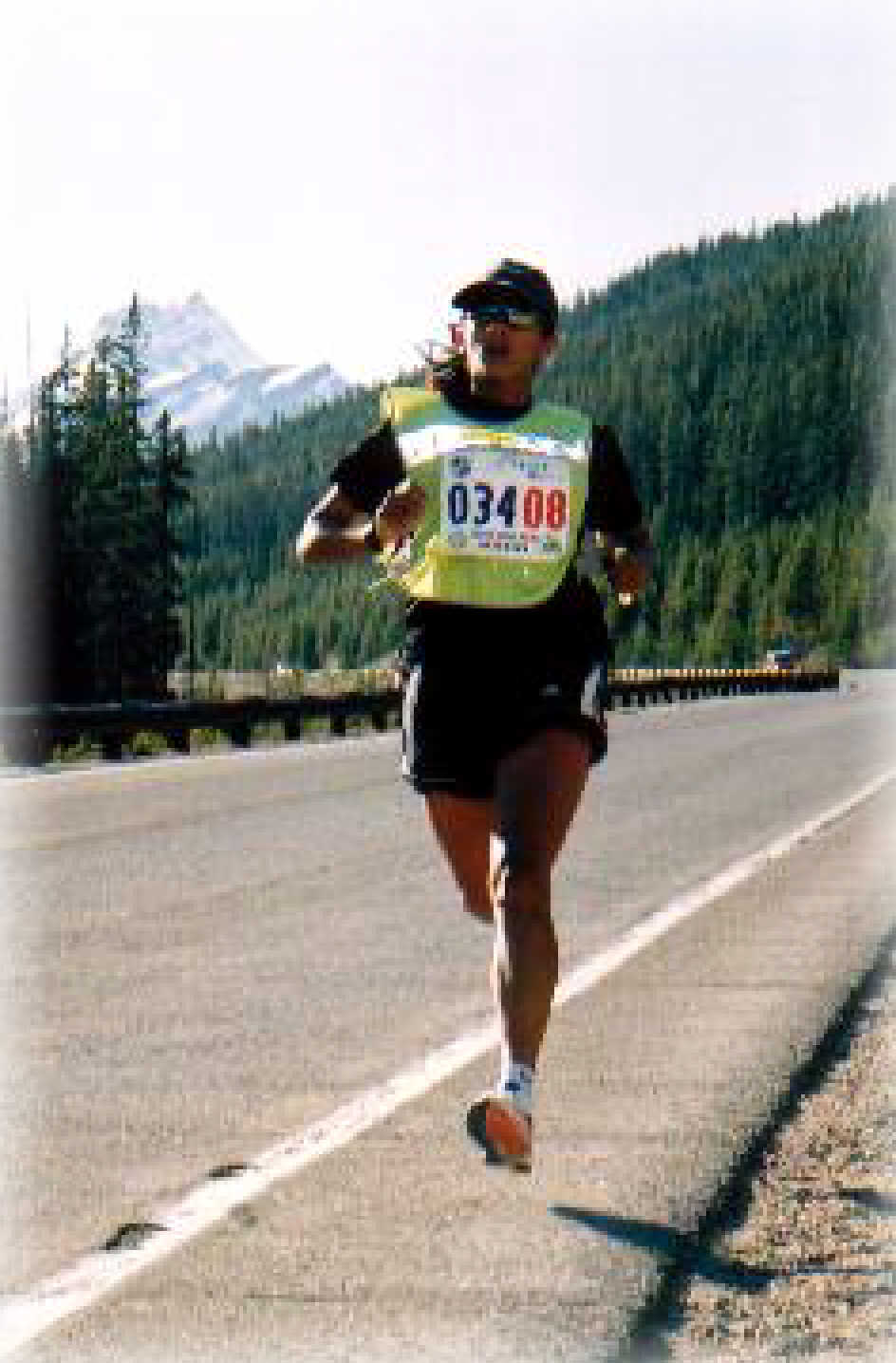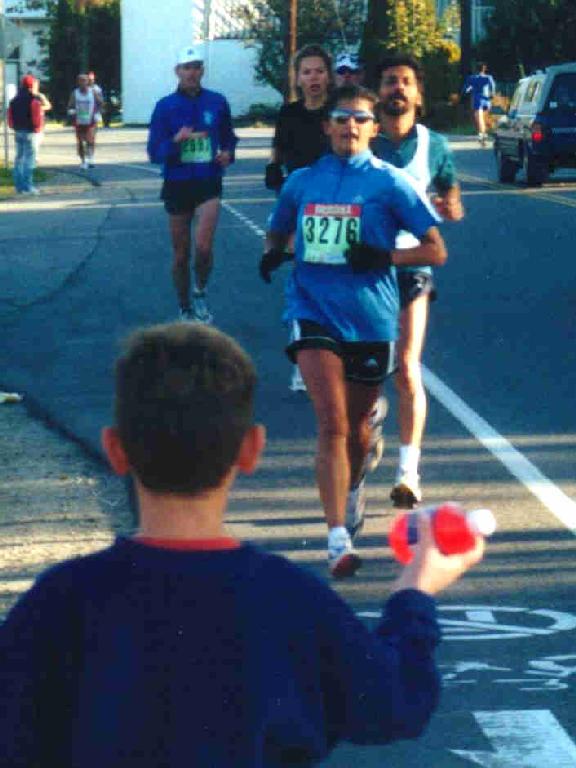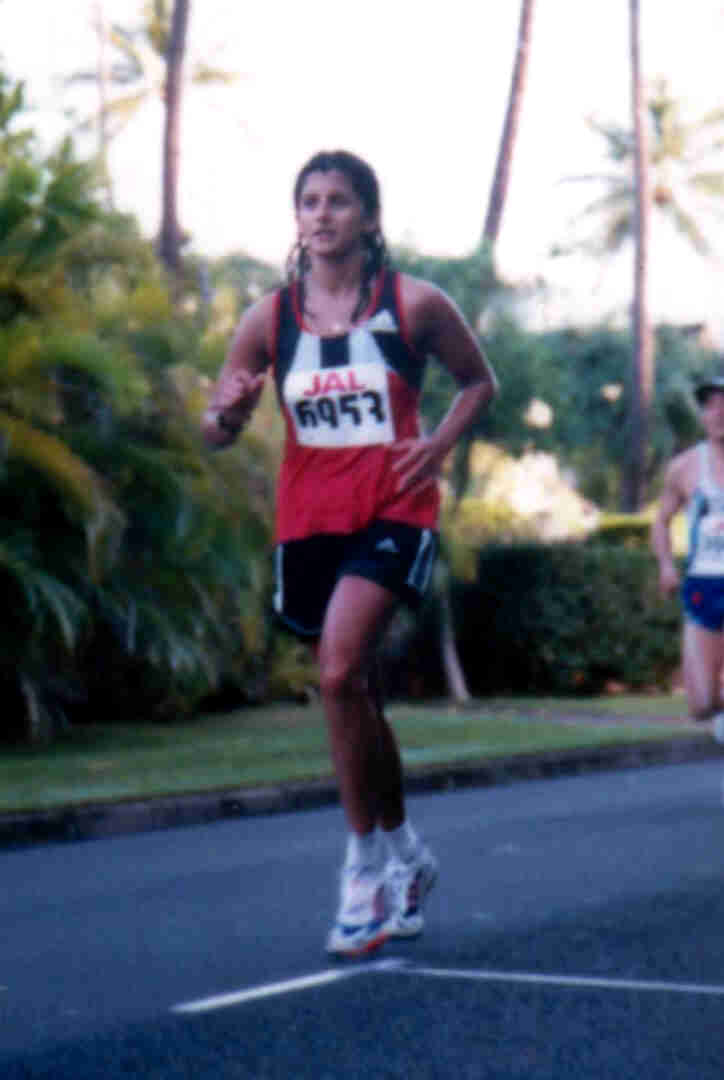| MENU |
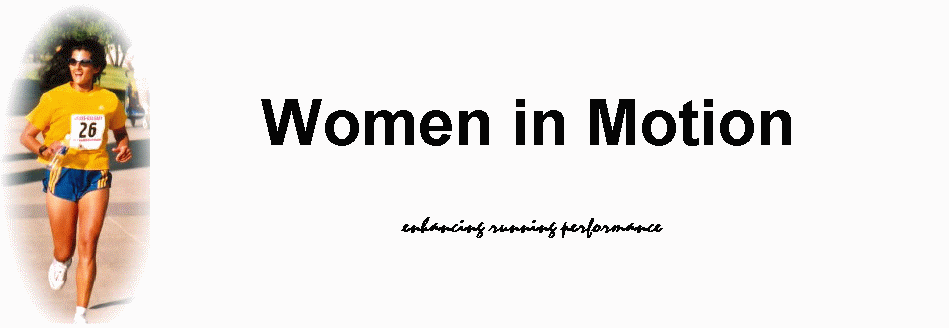
Plantar Fasciitis What is it? It is an inflammation of the plantar fascia, a thick, fibrous band of tissue in the bottom of the foot, running from the heel to the base of the toes. When placed under too much stress, the fascia stretches too far and tears, causing inflammation of the fascia and surrounding tissues. The tears are soon covered with scar tissue, which is less flexible than the fascia and only aggravates the problem. Plantar fasciitis and other heel pains send more people to foot specialists than any other complaint. Symptoms: Pain at the base of the heel. Plantar fasciitis is most severe in the morning when you get out of bed or at the beginning of a run, because the fascia is tighter at those times. The pain may lessen as you walk or run. The bottom of your foot can also be stiff and achy? Running can become uncomfortable, even agonizing. The plantar fascia, consists of a long band of fibres that attaches at the bottom of the heel bone and extends to the base of the toes. Pain occurs when these tissues become irritated or inflamed a condition known as fasciitis or when small spurs begin to grow on the heel bone itself. If you have plantar fasciitis, you may feel a sharp pain first thing in the morning because the plantar fascia shortens during the night, while you're asleep. When you get out of bed in the morning and start walking around, the band along the bottom of your foot stretches and pulls on the heel. When it pulls too hard, pain results. The first several steps are a killer! Causes: Stress, tension and pulling on the plantar fascia. Runners with tight achilles tendons which tend to put more stress on the fasciae, or high arches and rigid feet, or flat feet that overpronate are most susceptible. Worn-out shoes, which allow feet to overpronate, or shoes that are too stiff, which stretch the fasciae, can also make you more susceptible. The most frequent cause is an abnormal motion of the foot called excessive pronation. Normally, while walking or during long distance running, your foot will strike the ground on the heel, then roll forward toward your toes and inward to the arch. Your arch should only dip slightly during this motion. If it lowers too much, you have what is known as excessive pronation. Other factors which may contribute to plantar fasciitis and heel spurs include: ...A sudden increase in daily activities, increase in weight (not usually a problem with runners), or a change of shoes. ...Dramatic increase in training intensity or duration may cause plantar fasciitis. ...Shoes that are too flexible in the middle of the arch or shoes that bend before the toe joints will cause an increase in tension in the plantar fascia. ...A change in running style, such as starting speed work, running on the ball of your foot or sudden increase in hill workouts. It may take six weeks to three months to heal, or even longer. Self Treatment: As with most running related injuries, an evaluation of changes in your training should be done. A decrease in workout intensity and duration is important. The most important part of self treatment for this condition is being sure that your shoes offer motion control and are optimal controlling the forces that contribute to plantar fasciitis and heel spurs. Check your running shoes to make sure that they are not excessively worn. They should bend only at the ball of the foot, where your toes attach to the foot. Avoid any shoe that bends in the center of the arch or behind the ball of the foot. It offers insufficient support and will stress your plantar fascia. Icing after running can also be helpful. Gentle calf stretching should also be done. To strengthen the muscles in your arch toe curls or "doming" can be done. Toe curls may be done by placing a towel on a kitchen floor and then curling your toes to pull the towel towards you. This exercise may also be done without the towel against the resistance of the floor. Experts may also recommend wearing a heel cup or heel cushion in both running and regular shoes. They may suggest women either permanently switch from heels to flats or at least try to run in the morning, before putting on heels. Prevention: Preventive measures: Stretch calf muscles. Strengthen muscles of the foot by picking up marbles or golf balls with your toes or pulling a towel toward you with your toes. (Grab some of the towel with your toes and pull, then release, grab, and pull some more.) To help stretch the fascia, you can perform a similar motion using a golf ball. Start with the golf ball under the base of your big toe and roll the foot forward over the ball, then back again; then move the golf ball to the base of the second toe and repeat. Do the same motion starting from each toe, always exerting enough pressure so that you feel a little tenderness. Plantar fascia stretch: Seated on the floor, with one knee bent and ankle flexed toward you, pull the toes back toward the ankle. Hold for a count of 10. Do 10 times. SUMMARY: Plantar fasciitis is worth avoiding. There are many simple, effective ways to prevent it. --Wear well-cushioned shoes and don't forget to replace shoes before 350 miles. --Keep your mileage consistent. Increase total weekly miles by no more than 10 percent per week. --When doing speedwork, ease into it gradually over several weeks. --Do achilles tendon stretches regularly. --Women: don't wear high heels during the day and then switch to running shoes in the evening. Run in the morning and then put on your heels.
|

